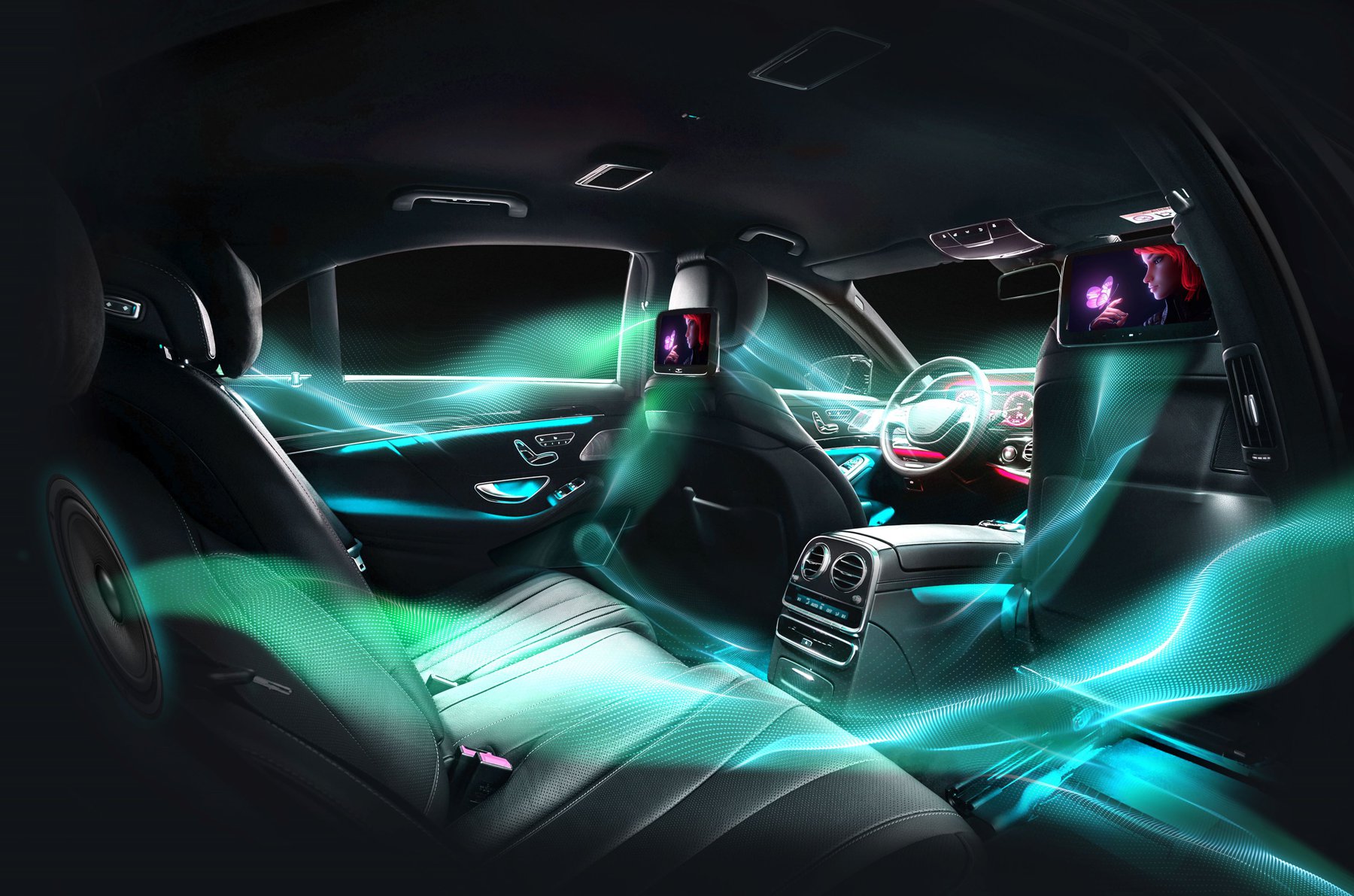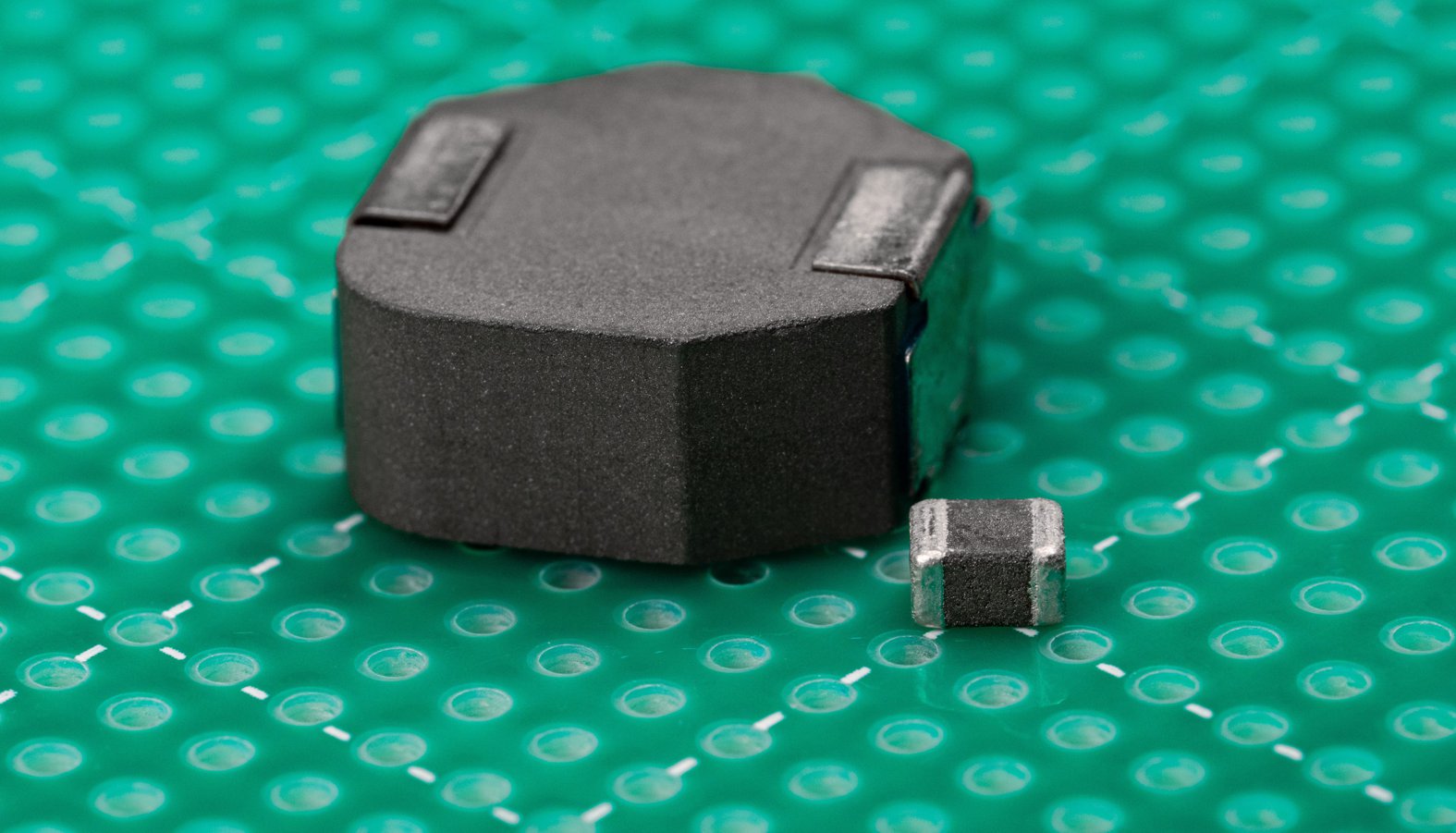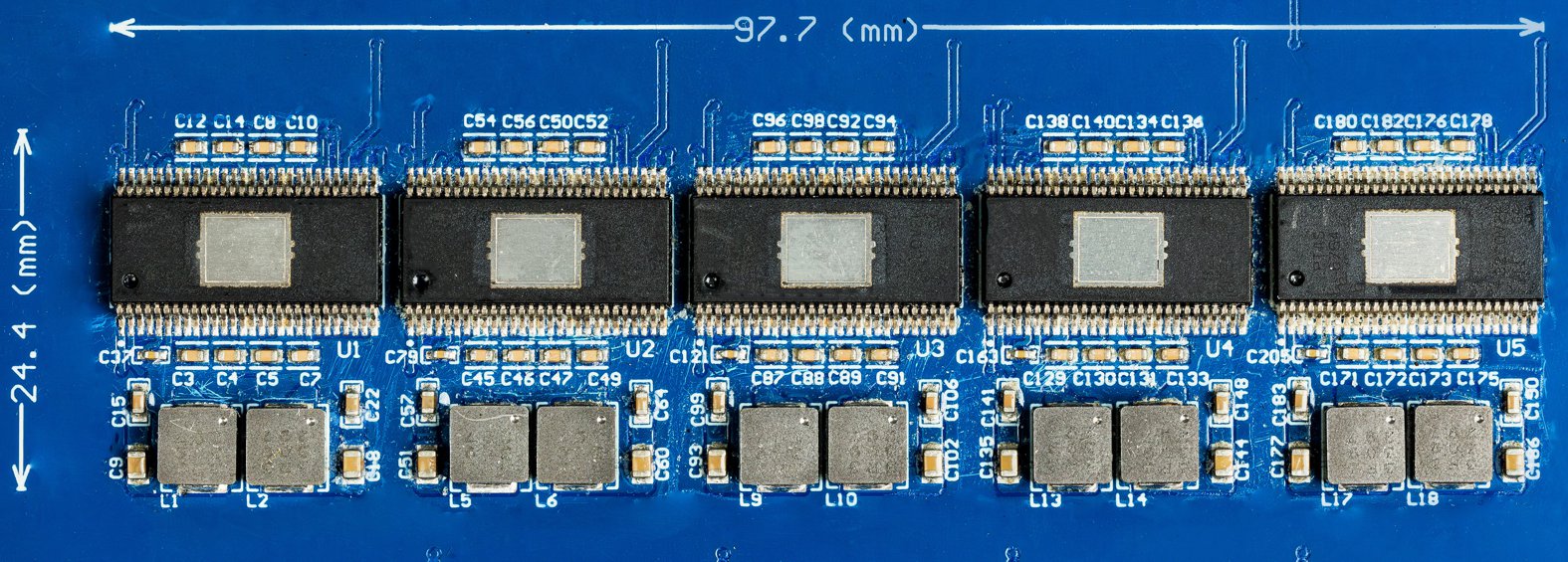SSZTD68 December 2024 TAS6754-Q1

Sophisticated digital processing and analog semiconductors are helping audio designers create new ways to deliver an immersive audio experience to meet consumer demand for enhanced audio technologies – on portable speakers, laptops, sound bars and in automotive sound systems.
Today’s automotive audio systems are far more sophisticated than the vacuum tube-powered amplifiers used in the very first single-speaker car radios. Some new car models have two dozen or more speakers throughout the vehicle. The progression from these first systems to the immersive, high-quality audio systems available today centers on four design trends that can deliver better audio in vehicles: size, weight, cost and audio quality. These trends are well-known across the automotive audio market. However, the real challenge is how to shrink a solution and its cost while maintaining quality audio performance.
Pushing audio amplifier designs further
For several years, automotive audio systems used Class-AB audio amplifiers to deliver sound to car speakers. In past years, there’s been a trend to switch from Class-AB amplifiers to Class-D amplifiers. Class-D amps help designers achieve higher power efficiency, as well as reduced thermal dissipation and system weight targets.
Design engineers familiar with Class-D automotive amplifiers know that they require two inductor-capacitor (LC) filters per channel of audio to filter high-frequency switching noise. To shrink the size of the LC filters, TI developed audio amplifiers to support up to 2.1MHz switching, enabling the use of significantly smaller and cheaper inductors. Figure 1 compares this size evolution of the inductors from 400kHz to 2.1MHz.
 Figure 1 Size comparison of an 8.2µH
inductor (400kHz) and a tiny 3.3µH inductor (2.1MHz)
Figure 1 Size comparison of an 8.2µH
inductor (400kHz) and a tiny 3.3µH inductor (2.1MHz)Now, TI is taking the next step to further reduce LC filter size with an audio amplifier integrating our proprietary one-inductor (1L) modulation technology. This technology maintains Class-D performance, while cutting the number of inductors per channel by half, which leads to 50% less inductor cost and a solution up to 50% smaller and lighter. The end benefits include simplified audio designs and increased efficiency.
1L modulation technology in action
Our 1L modulation technology halves the inductor count in the LC filters. Now imagine a carmaker whose vehicle trim line includes a high-end model with a sound system that requires 32 audio channels. For every channel of audio, there is a speaker, and every speaker has two connectors: positive and negative. For an amplifier only supporting BD or one-sided pulse-width (1SPW) modulation, each lead requires an LC filter, totaling 64 inductors. With a 1L modulation amplifier, you only need one LC filter per channel of audio, reducing the number of inductors to 32.
Figure 2 demonstrates how amplifiers with 1L modulation reduce the number of inductors of a 20-channel audio system to 10 channels, resulting in a 34% size reduction.

 Figure 2 A 20-channel automotive audio
system design featuring five TAS6754-Q1 Class-D amplifiers compared to TI’s
TAS6424E-Q1 Class-D amplifiers
Figure 2 A 20-channel automotive audio
system design featuring five TAS6754-Q1 Class-D amplifiers compared to TI’s
TAS6424E-Q1 Class-D amplifiersAn obvious concern for system architects would be how easy it is to implement this amplifier. Our 1L modulation technology is meant to incorporate into systems seamlessly. With 1L modulation, TI created a modulation scheme that fits into the amplifier in such a way that designers can reap all of the benefits without introducing significant design challenges, while still maintaining high-quality Class-D audio performance.
The TAS6754-Q1 audio amplifier incorporates features such as real-time load diagnostics, current sense per channel, and up to 19V operation for safe operation and higher performance. Real-time load diagnostics tracks the status of the load for open loads, shorted loads, shorts to power and shorts to ground, whether audio is playing or not. This feature ensures that the amplifier is functioning properly and provides a safe and reliable listening experience.
Another notable feature is the low-latency path option. If the system requires active noise cancellation or road noise cancellation, the TAS6754-Q1 enables fully-featured low-latency audio for quick response of the injected audio signal.
Conclusion
The benefits of our 1L modulation technology can help you create smaller and lighter designs more affordably than current solutions, all while prioritizing the automotive audio experience and still pushing the boundaries of your design.
Additional resources
- Order the TAS6754 evaluation module (TAS6754Q1EVM).
- Check out TI’s full range of end-to-end audio solutions, including amplifiers, processors, converters and switches.
Trademarks
All trademarks are the property of their respective owners.